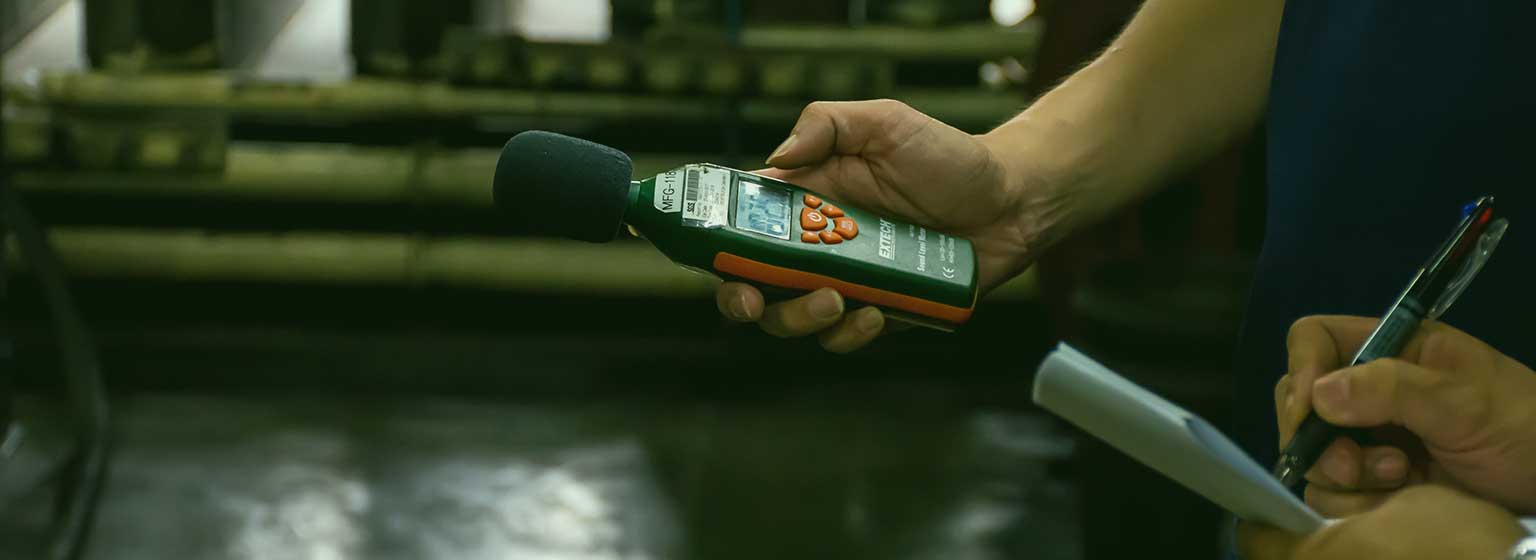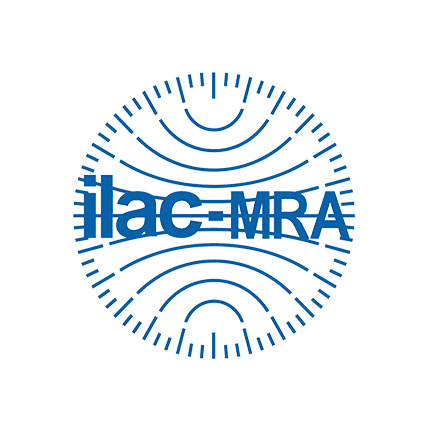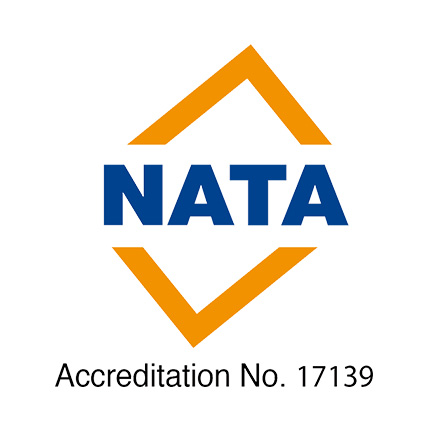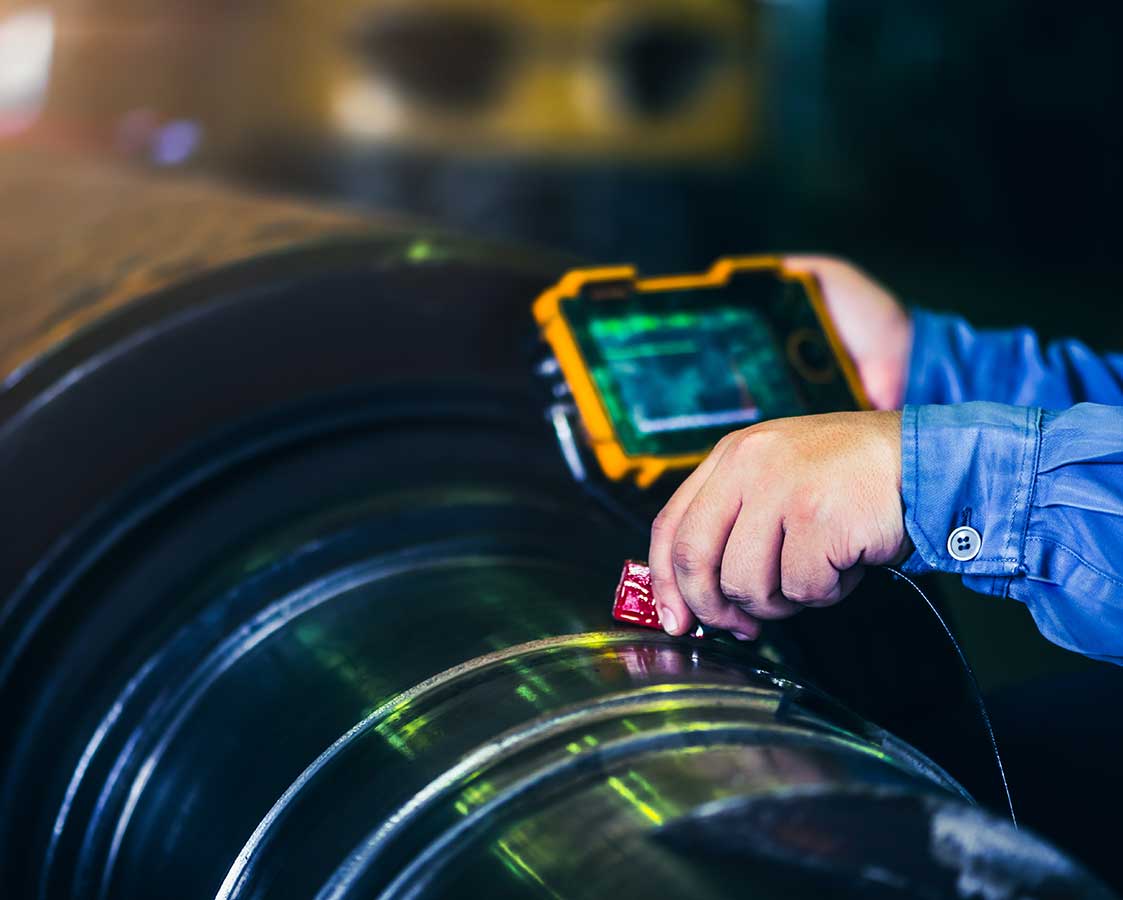After reference audiometric testing has been undertaken to determine the baseline hearing of a person, subsequent monitoring audiograms can be used to assess whether a person’s hearing has been significantly affected due to noise exposure. Monitoring audiograms can be used in two ways:
- Assess temporary threshold shifts
- Determine permanent hearing loss
Monitoring audiograms are generally conducted onsite at the workplace with mobile audiometric units, close to, or at the end of the workers shift. The monitoring audiogram is then compared to the initial reference or baseline audiometric testing to determine whether there has been a threshold shift (which may be either temporary or permanent).
To assess whether the change in the persons hearing is temporary or not, the audiometric testing is conducted again after the person has been in a quiet environment for 16 hours. If the audiometric monitoring shows that the change is still significant, then medical advice should be referred.
If the second monitoring audiogram indicates that there is no significant difference to the reference audiometric testing, then this should be treated as near miss and corrective action be taken. This may include an assessment of the control measures, personal attenuation ratings of hearing protectors, assessment of potential of Hand Arm Vibration and ototoxic substances.

Be absolutely assured. Safe Environments is NATA accredited for Noise testing



Ensure a Safe Environment
For more information on noise testing or management please contact one of Safe Environments Occupational Hygienists or Noise Consultants located in the following Australian cities:
Melbourne & Victoria
Unit 25, 1 Millers Rd Brooklyn VIC 3012 Australia
NSW - Sydney, Newcastle & Wollongong
Unit 4, 40 Bessemer Street, Blacktown NSW 2148


